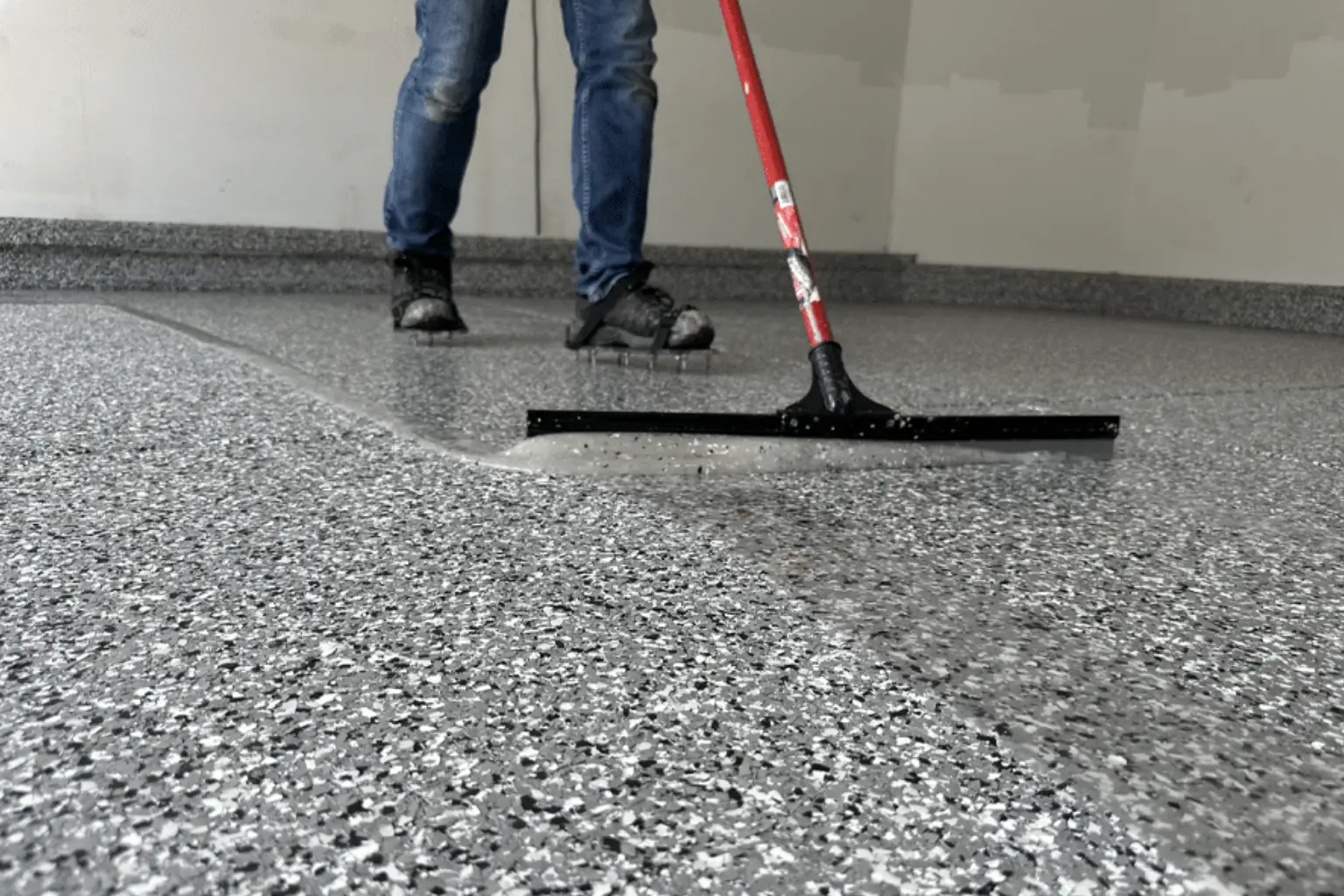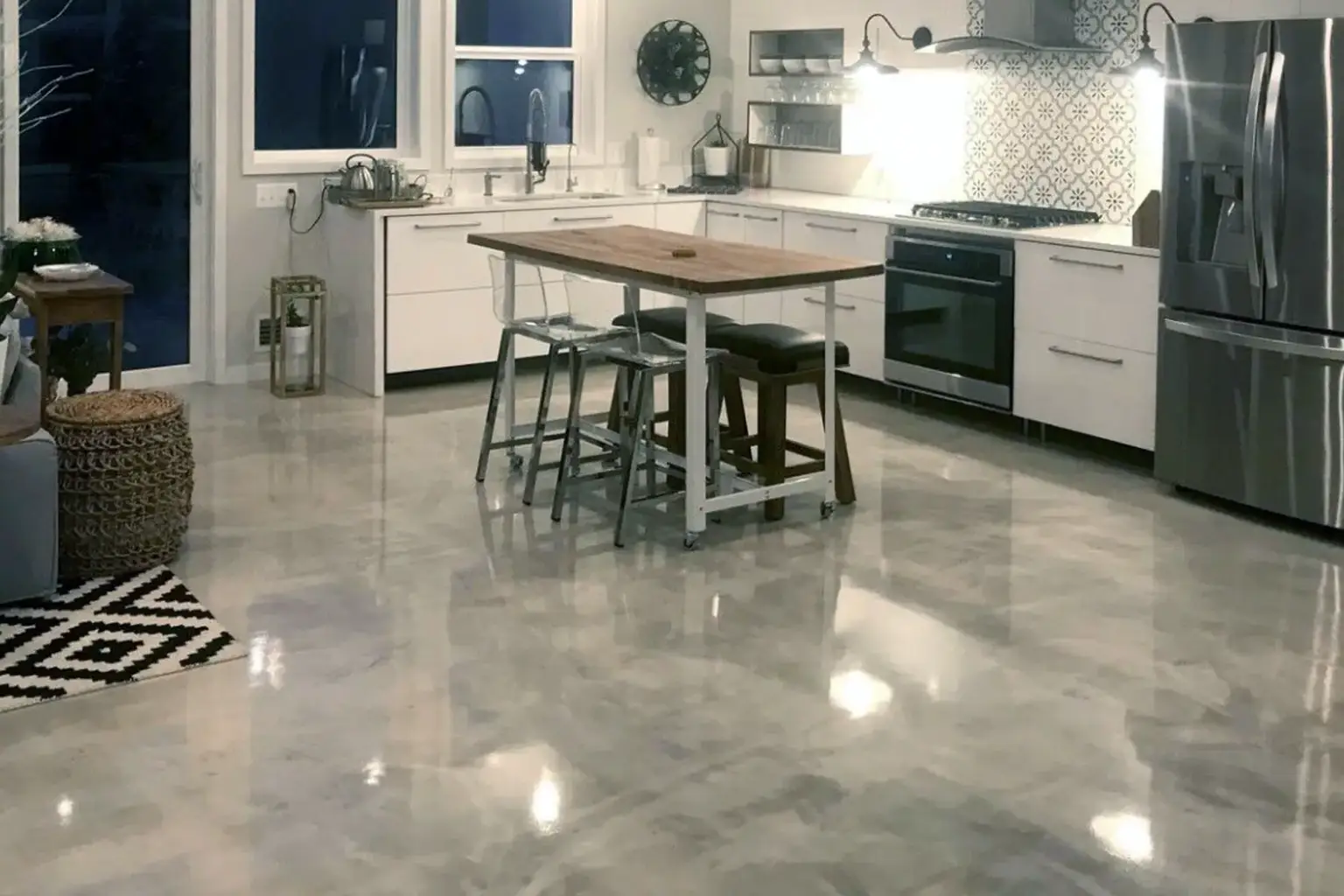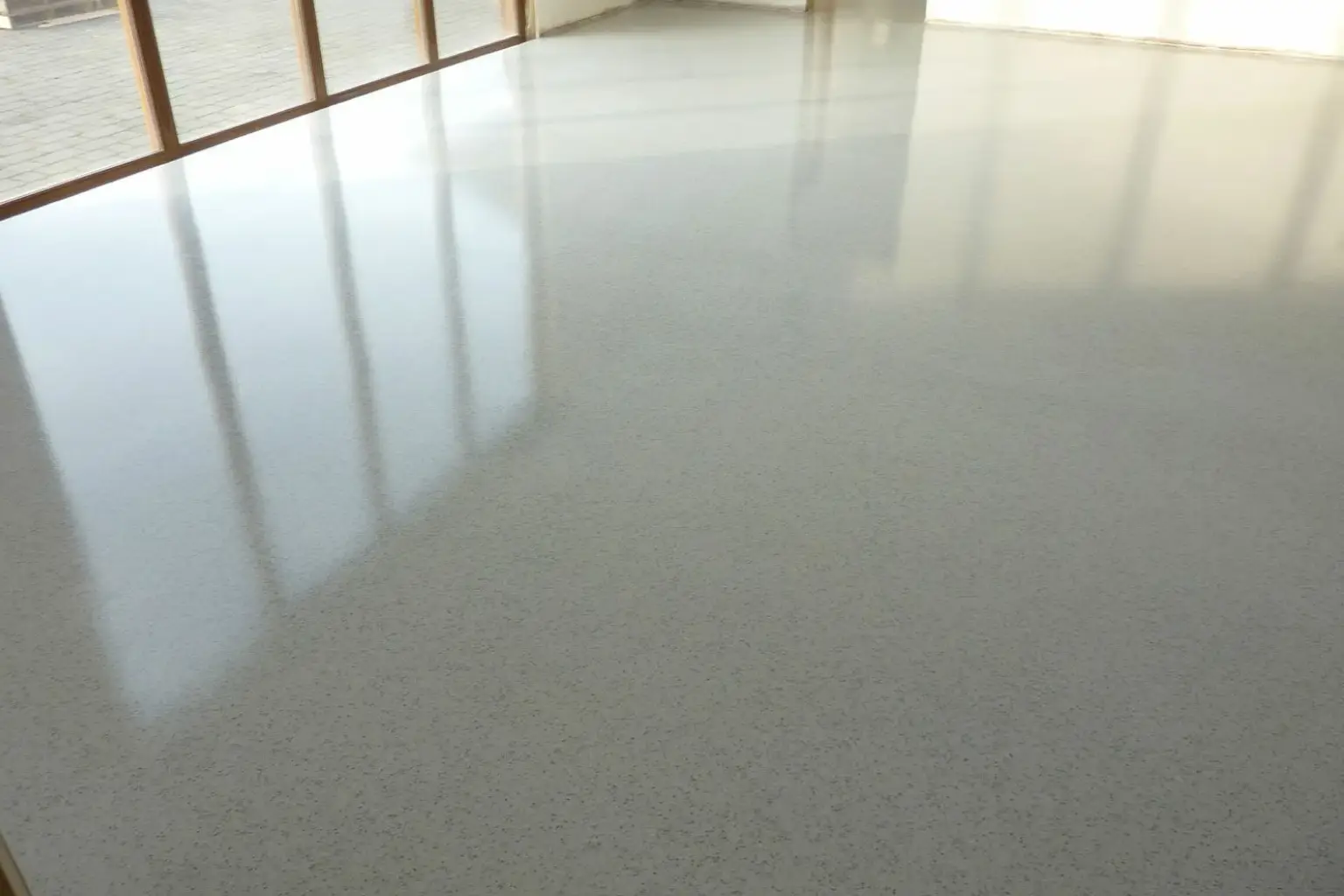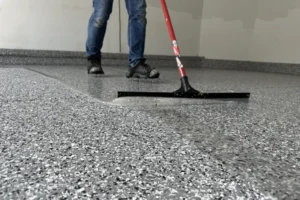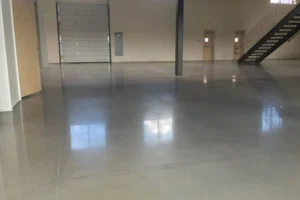The type of coating you use in updating your floors will make a big difference in both strength and style. Polyaspartic floor coating is one of the options that many people prefer. This is a material characterized by quick installation, polished finish, and durability. It performs well both in residential and workshop settings.
Just as with any type of flooring choice, it has its advantages and disadvantages. In this blog, we will explore the pros and cons of polyaspartic floor coating so that you can be able to make the right decision.
What is Polyaspartic Floor Coating?
Polyaspartic floor coating is a new type of protective coating that uses polyaspartic resin to form its protective surface, which is highly resistant to damage and durable. Originally developed to be used in factories, it soon gained popularity in domestic and business areas due to its ability to withstand chemicals, heavy wear, and UV exposure. Today, it is commonly used in garages, basements, warehouses, patios, and high-traffic places. The coating provides a smooth, shiny finish, which protects the surface and also improves the appearance.
The wide variety of polyaspartic floor colours is one of its greatest benefits, as it gives homeowners and businesses the option to select the type of finishes that suit them. Polyaspartic coating offers design versatility and durability based on its usefulness and appearance.
Pros of Polyaspartic Floor Coating
Choosing polyaspartic floor coating comes with many advantages that make it a strong competitor to traditional epoxy. From faster installation to better durability, it offers features that benefit both homes and businesses. Below are some of the main pros:
1. Quick Installation
Polyaspartic floor systems have a good curing time, which is one of the greatest advantages. Polyaspartic finishes can often be done within a 24-hour period as opposed to epoxy, which could take several days to dry. This is a great benefit to businesses and people who require less downtime.
2. Long-Lasting Durability
These coatings, which are made out of polyaspartic resin, are tough. They are resistant to scratches, stains, and hits and can therefore be used in garages, warehouses, and other high-traffic places. When it is well-maintained, your polyaspartic garage floor coating will serve you for several years without becoming dull.
3. UV Resistance
Polyaspartic blends do not yellow when exposed to the sun, unlike epoxy. This makes polyaspartic coating an excellent alternative for outdoor patios or a room with huge windows.
Its UV stability keeps your floors looking new and bright for years.
4. Customization Options
Another advantage is the range of colors of polyaspartic floors. There are a great number of styles to use, whether you want the sleek, modern appearance or the use of a speckled finish for your garage. This facilitates easier matching of your flooring with your other design.
5. Chemical and Stain Resistance
Polyaspartic surface finishes withstand oil, grease, and other common household or industrial chemicals. In the case of garages and kitchens, it reduces concerns regarding spills damaging the floor.
This resistance simplifies the cleaning process, as it only requires simple maintenance. It proves quite useful to families or companies in which spills occur frequently.
Cons of Polyaspartic Floor Coating
While polyaspartic coatings have many strengths, they also come with some drawbacks to consider. Factors like cost, installation, and surface texture can make them less suitable for certain projects.
1. Higher Cost
Polyaspartic floor coating cost is one of the primary disadvantages. It is usually costly when compared to common epoxy. The price depends on the size of your space, design choices, and labor, but the durability often justifies the extra cost.
This might not be the cheapest option for homeowners with a very limited budget. However, those who value long-term results often find it worth the investment.
2. Professional Installation Needed
While some people try DIY kits, applying polyaspartic coatings requires skill and the right tools. Because it cures so quickly, mistakes can be hard to fix. Most homeowners need to hire a professional, which adds to the overall expense.
3. Slippery When Wet
The glossy surface of polyaspartic flooring can become slippery when wet. To prevent accidents, many installers add texture or slip-resistant additives.
Without these additives, the risk of slipping increases, especially in garages or outdoor areas. This makes safety an important factor to plan for during installation.
Polyaspartic Floor Coating Cost
Polyaspartic floor coating is generally priced between $5 and $12 per square foot, based on deck size, coating layers, and custom decorative effects or tailored polyaspartic colors. Labor is a very significant aspect because polyaspartic resin requires professional skill and quick handling to achieve a smooth, long-lasting finish.
Despite the higher cost of polyaspartic compared with epoxy, polyaspartic coatings are regarded by many property owners as a smart investment. Their durability, resistance to UV rays, as well as heavy use make them durable and contribute to the fact that the extra cost is justified in the long-term perspective.
Polyaspartic Flooring vs Epoxy
Both epoxy and polyaspartic floors are popular, but they have differences. Epoxy is more affordable and widely available, making it a good option for budget-conscious projects. However, epoxy is prone to yellowing under sunlight and takes longer to cure.
On the other hand, polyaspartic coatings are stronger, UV-resistant, and can be installed quickly. For outdoor or high-traffic spaces, polyaspartic floor solutions are often the better choice.
Best Places to Use Polyaspartic Floor Coating
- Garages: Protects against oil, tire marks, and heavy tools.
- Basements: Resists moisture and adds a polished look.
- Commercial Spaces: Handles high foot traffic and keeps floors easy to clean.
- Outdoor Areas: UV resistance makes it great for patios and walkways.
Whether you choose decorative polyaspartic floor colors or a clear finish, this flooring is versatile enough to fit different spaces.
Conclusion
Now that you know the pros and cons of polyaspartic floor coating, it’s easier to decide if it’s right for your project. With quick installation, high durability, and beautiful design options, it’s a strong competitor to epoxy.
However, the polyaspartic floor coating cost and need for professional installation may not fit every budget. If you want a long-lasting, low-maintenance, and attractive solution, polyaspartic flooring is worth considering for both homes and businesses.
FAQs
1. What is polyaspartic floor coating?
Polyaspartic floor coating is a protective finish made with polyaspartic resin. It creates a glossy, durable, and UV-resistant surface that works well in garages, basements, commercial spaces, and outdoor areas. It also comes in different polyaspartic floor colors to match your style.
2. How long does polyaspartic flooring last?
With proper installation and care, polyaspartic flooring can last 15–20 years or more. It resists scratches, stains, and UV damage, making it a reliable long-term choice for both residential and commercial spaces that experience heavy traffic or exposure to sunlight.
3. How much does polyaspartic floor coating cost?
The cost of polyaspartic floor coating usually ranges from $5 to $12 per square foot. Factors like floor size, number of layers, and custom finishes can affect the final price. Although more expensive than epoxy, it offers better durability and low maintenance.
4. Can polyaspartic coatings be used outdoors?
Yes, polyaspartic coatings are highly UV-resistant and don’t yellow or fade under sunlight, unlike some epoxies. This makes them a great option for patios, walkways, driveways, and other outdoor spaces where long-lasting color and durability are important.
5. Is polyaspartic flooring better than epoxy?
Both have benefits, but polyaspartic flooring cures faster, resists UV rays, and lasts longer in high-traffic or outdoor areas. Epoxy is more affordable and works well indoors, but polyaspartic coatings are often the better choice for those wanting durability and low maintenance.



